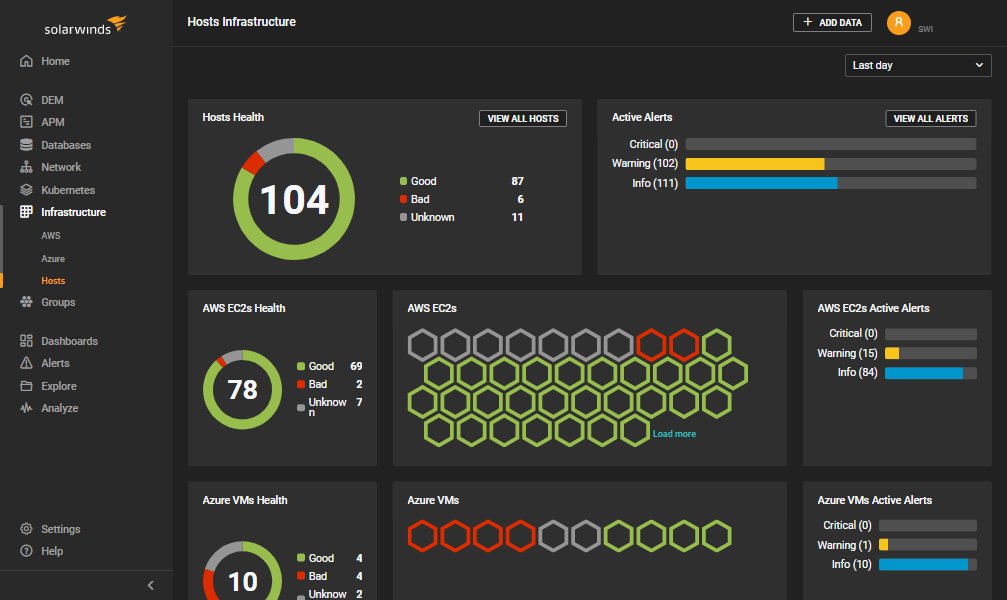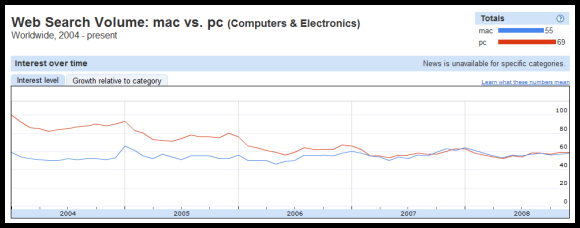Wanted: Hard drive boys for our new ginormous data center


In November, Google wrote in their official blog that they had done an experiment where they had sorted 1 PB (1,000 TB) of data with MapReduce. The information about the sorting itself was impressive, but one thing that stuck in our minds was the following (emphasis added by us):
An interesting question came up while running experiments at such a scale: Where do you put 1PB of sorted data? We were writing it to 48,000 hard drives (we did not use the full capacity of these disks, though), and every time we ran our sort, at least one of our disks managed to break (this is not surprising at all given the duration of the test, the number of disks involved, and the expected lifetime of hard disks).
Each of these sorting runs that Google did lasted six hours. So that would mean that hard drives would be breaking at least 4 times a day for every 48,000 hard drives that a data center is using.







 It can’t be easy to be a web hosting company. On the Internet everybody wants a free lunch (or at least a very cheap one). And this of course includes hosting.
It can’t be easy to be a web hosting company. On the Internet everybody wants a free lunch (or at least a very cheap one). And this of course includes hosting.
 Gmail could be unavailable for more than 21 hours in a day, and Google could still tell you that according to their SLA, the service has had 100% uptime.
Gmail could be unavailable for more than 21 hours in a day, and Google could still tell you that according to their SLA, the service has had 100% uptime. Sooner or later all websites run into trouble (even Google) or have to perform maintenance that takes them offline. However, there is a big difference between how different websites handle the resulting error or maintenance pages that will have to be shown to the user. Some lighten the mood with jokes, some are dry and to the point, and some drop the ball completely.
Sooner or later all websites run into trouble (even Google) or have to perform maintenance that takes them offline. However, there is a big difference between how different websites handle the resulting error or maintenance pages that will have to be shown to the user. Some lighten the mood with jokes, some are dry and to the point, and some drop the ball completely.

 Dr. Pepper decided to offer everyone in America a free bottle of soda (something they had promised to do if the new Guns n’ Roses album was released this year). All people had to do was to register for a free coupon on the Dr. Pepper website.
Dr. Pepper decided to offer everyone in America a free bottle of soda (something they had promised to do if the new Guns n’ Roses album was released this year). All people had to do was to register for a free coupon on the Dr. Pepper website. We ran across a very creative use of Pingdom monitoring the other day. Most people use Pingdom to monitor the status of websites and servers, but Eric Nagel uses our monitoring service to keep track of the temperature in his outdoor hot tub (complete with rubber ducky).
We ran across a very creative use of Pingdom monitoring the other day. Most people use Pingdom to monitor the status of websites and servers, but Eric Nagel uses our monitoring service to keep track of the temperature in his outdoor hot tub (complete with rubber ducky). There are lots of vintage ad collections out there, and it’s always a fun to look through them. For your viewing pleasure, we have handpicked nine of the most fun, creative or just plain weird computer ads we have ever seen.
There are lots of vintage ad collections out there, and it’s always a fun to look through them. For your viewing pleasure, we have handpicked nine of the most fun, creative or just plain weird computer ads we have ever seen. There has been a lot of talk this week about the Dow Jones stock index dipping below 8000 for the first time since 2003.
There has been a lot of talk this week about the Dow Jones stock index dipping below 8000 for the first time since 2003. Aside from uptime, website performance is something we talk a lot about here at Pingdom. There are lots of ways to improve the speed of your website, but this post will focus on ways to optimize the size and number of files your website uses, both being important factors affecting the load time.
Aside from uptime, website performance is something we talk a lot about here at Pingdom. There are lots of ways to improve the speed of your website, but this post will focus on ways to optimize the size and number of files your website uses, both being important factors affecting the load time.





















